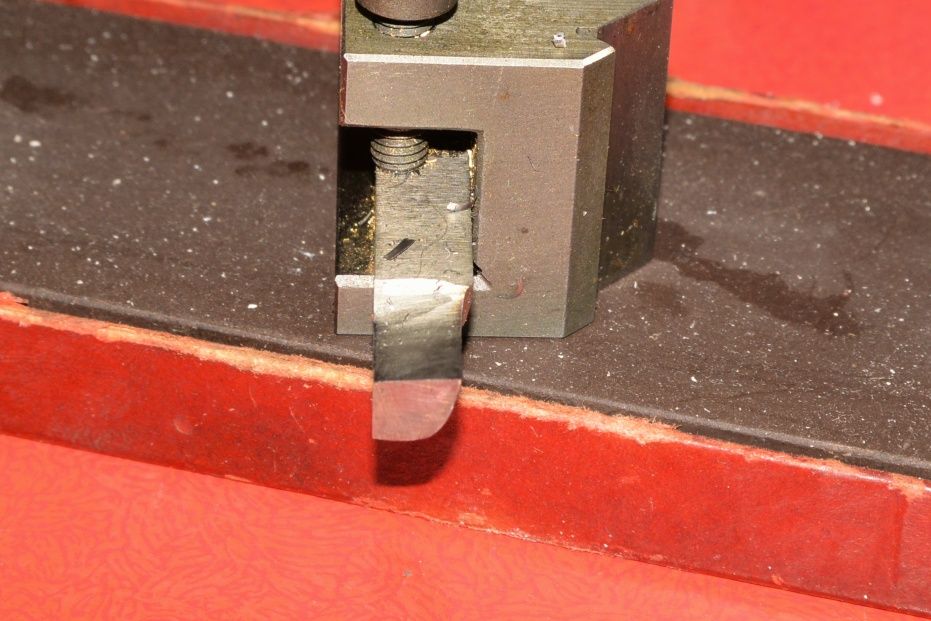As Sandgrounder suggests you'd expect a slightly flexible tool to take up its flexed position almost immediately once cutting loads are applied and stay at the flexed position for the duration of the cut. Slight variations of cutting loads due to material variations might vary the cut depth a touch as the flex responds to changing forces but that would merely mark the bore. The steady increase in flex as boring proceeded leading to bell mouthing seems counter-intuitive as the flexed boring bar is, for all practical purposes acting as a spring tool. Which are generally considered quite well behaved in outside turning duties.
If the tool is sufficiently sharp and the cut large enough to give sensibly stable cutting loads it will behave in the expected manner. The problem in model engineering duties is that its difficult to get a small boring tool really sharp with all the right clearances. I actually did a CAD drawing showing the amount of grinding needed to get clearance on smaller holes. Generally much more than I expected. If the tool isn't really sharp and doesn't cut as well as it should it will slowly ride out of cut as boring proceeds due to the unfavourable relationship between tool angles and cut surface.
Oversimplifying the actual force holding the tool against the surface to be cut is set by the spring of the flexed tool shank. This force has to be enough to push the tool into the work so it cuts. The actual force needed is a function of cutting edge length being less for shorter lengths of engaged edge. Clearly the minimum edge length occurs when the end of the work and the edge of the tool are mutually parallel and perpendicular to the lathe axis. Any forward slope on the front of the tool leads to the cutting edge becoming longer as the tool moves forward as the actual shape of the cut end mirrors the shape of the tool. The longer edge needs more force to hold it into the cut which the flexed tool can only provide by bending back a touch until things come into balance. It takes more force to start or deepen a cut than it does to hold it so the system never recovers back to the proper cutting depth unless there is a soft spot. If the tool is really sharp things stabilse after the initial cut so you get a mostly parallel bore. If the tool is not quite sharp enough, especially in a skiddy material, it tends to slowly ride out of the cut. With small holes, skinny tooling and not that much flex the system can't generate enough force to pull the cut back to depth so the tool slowly looses the battle to stay on size.
An over pointed tool with the leading edge running back towards the tool post will reverse bellmouth as the chip forming action pulls the tool into cut. Theoretically it ought to be possible to find an angle where the chip stabilises the tool against bell mouthing producing a parallel bore. Good luck with that!
Sneaking up to size with tiny cuts doesn't help matters either. The smaller the cut the sharper the tool needs to be. Near enough need a razor to reliably take off a thou! I do better setting things up right to have a decent cut to finish. But I generally do larger work on a heavier machine than most folks here.
Clive.
Edited By Clive Foster on 22/06/2016 11:08:16
Edited By Clive Foster on 22/06/2016 11:09:39
RRMBK.





